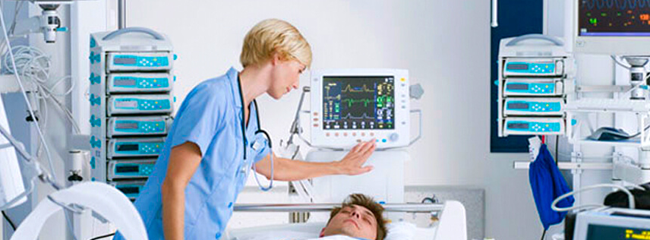Written by Alberta Guy, RN, BSN, Clinical Consultant, Professional Services

Smart pump technology has become more prevalent within the healthcare industry because of the many benefits and added safety it provides. Smart pumps are designed to address the programming errors traditional pumps are susceptible to, but they also alleviate manual data entry, shorten patient length of stay, and increase hospital revenue. But getting there is a process…
The average total project time for a Smart Pump EHR integration (SPEHRI) project is around nine months from the Kickoff session to Go-Live activities. We’re sharing tips on how you can optimize the process by prepping for four main project activities.
1. Functional Testing – The activity of testing select medications to confirm all components of smart pump programming.
To prepare: Take the time to review your drug dictionary for commonly used medications of various categories, such as IV Fluids, antibiotics, titrations medications and multi-ingredient medications.
You’ll also need to review your pump drug library for generic entries like generic IV antibiotic entry instead of each antibiotic built individually. At this point, you’ll need to decide whether you want these medications to be built out. If so, you’ll want to begin this process before implementation.
For reviewing care areas and profile set up, you’ll want to check for duplications or inclusiveness to lessen the failure of pump programming to ensure the nurse was in the correct care area. This is another aspect of functional testing that nurses should select before smart pump programming.
2. Drug Dictionary to Drug Library Alignment – For a medication to successfully be transmitted to the pump, the medication order must match the pump drug library entry, specifically, the dosing unit of measure and concentration.
To prepare: Examine your drug library for medication amount entries configured as 1mg/1ml. This is a common practice when setting up the drug library for use without integration. However, if the medication amount from the EHR medication order does not match the medication, it will not align.
By reviewing medication order types, this can be utilized in Accelero Connect for mapping the medication data needed to be sent to the pump. For example, for an IV of Sodium Chloride 0.9%, the order type is used to send a rate and volume to be infused. Whereby a titration medication will need to send a concentration and a dose-rate for successful alignment and, therefore a different order type.
The ordered dosing unit must also match what is defined in the pump drug library, so you must review the dosing units for critical drips. To prepare, you’ll need to adjust the dosing unit in either the EHR or drug library.
3. Clinical Workflow Analysis – This activity is a major part of the project for the clinician; here, you’ll test pump workflow and medications. Since the project team may not be as familiar with nursing processes on each unit, this can also be a discovery process.
To prepare: Begin having discussions with clinical staff about IV Flush bags. This includes how orders get entered and administered on the MAR. There must be an order for the flush bag on the MAR to perform smart pump programming.
Also, consider the weights used for medications as only one weight can be sent from the order to the pump. Is this the admission weight, ordered weight or a weight obtained from a calculation during the ordering process?
Take the time to review your policy for weight changes and adjusting medications. While adjusting the volume to be infused is a common practice, this could result in a mismatch during the programming of the medication.
4. Comprehensive Drug Testing – This testing activity is testing ALL medications defined for smart pump integration. This is a progressive process and a great opportunity for super-users to learn about SPEHRI.
To Prepare: Much of the preparation is referenced in the Drug Dictionary to Drug Library Alignment section. However, this is scheduled as approximately a 2-day medication testing event, and this activity can begin soon after the completion of functional testing. As categories of medications pass functional testing, the rest of that category can be tested.
Start considering who super-users may be for comprehensive testing. It is recommended to use staff nurses from various care units and have them test the meds explicitly used in their area—for example, ICU nurses testing critical drips, Med surg nurse testing antibiotics, etc.
We’re In It Together
Many think a project using Accelero Connect Integration is a technical project, and it’s truly not. It begins that way by setting up hardware and connectivity, but the project quickly transitions to a clinical patient safety initiative.
Above all, with robust planning and preparation, you’ll not only end up with a successful project, but we can potentially streamline the timeline so you can start benefiting from smart pump integration even faster.
SPEHRI is a journey, and we are in it together. Contact us at info@iatric.com to learn more and begin your journey with smart pump integration.